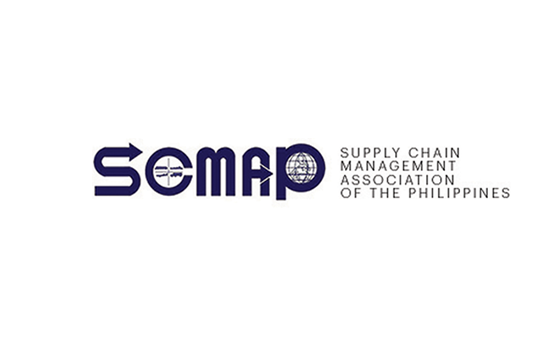I’m afraid I’m going to touch on supply chain resilience once again. But then, the developments of the past six weeks mean we have to revisit it over and over. The eruption of the Taal volcano, and now the novel Coronavirus (or, as they’re calling it now, COVID-19) outbreak, have disrupted our supply chains—and we haven’t factored in the wild swings in weather we usually expect later in the year.
There are now also fears of the virus—which, as of this writing, has claimed over a thousand lives, including one fatality in the Philippines—having a long-term negative impact on the economy. Efforts to contain the contagion across the world—mandatory quarantines, travel bans, the cancellation of many large-scale events—are starting to hurt tourism, which will have a knock-on effect on other sectors such as hospitality, retail and other services.
It has also led to disruptions in cross-border deliveries, particularly for those who are reliant on goods and raw materials coming from China. Our members have told us of delays in cargo shipments, which will definitely impact the availability of items in store shelves, whether it’s manufactured here or imported from elsewhere. Would this mean a slowdown in consumption
I think we’ll be fine, nonetheless. Despite our fears, we haven’t really slowed down. Sure, there seems to be slightly less traffic on the roads, but people are still going to malls and stores, to buy essential supplies, whatever else they’re interested in, and perhaps, new surgical masks. (Weeks later, they’re still out of stock.) Perhaps things will shift when the delayed cargo shipments begin to manifest in our stores, but by then businesses would have figured things out a bit. And consumers here seem to either just delay purchases, or go for substitutes, rather than abandon them entirely.
That said, situations like these provide an outbreak of opportunity. How can we ensure large-scale disruptions won’t make a huge, lasting impact on how we serve our customers? In a way, we’re halfway there. Internally companies would have continuity plans for every scenario imaginable; it’s safe to assume they have come into effect after the Taal eruption. These plans would mean we have mapped out alternate suppliers and transport routes to ensure as little disruption as possible to our operations.
And then there are efforts towards better embracing technologies, not just to understand and serve our customers better, but to have greater visibility across our supply chains. As revealed during our Supply Chain Outlook event last week, government and industry are working, separately and together, to better take advantage of them: ensuring our last mile capabilities are up to speed, embracing the possibilities of data analytics on a wider scale, and guaranteeing these movements are inclusive regardless of location, financial capacity or Internet connection speed.
Let’s say I’m really sick and I can’t get out of the house. If our e-commerce infrastructure is firmly in place and I am assured that these services are just as good as shopping in actual stores, I could just do my groceries off my smartphone while recuperating. My essential supplies, delivered to my home in the freshest condition, and at almost the same cost? Why not? I’d put in an order for new surgical masks, too. Staying home for an extended period of time does bad things to the metaphorical “animal spirit”. Let’s also just hope the person delivering my groceries would have a surgical mask, too. Wouldn’t want him to be sick as well.
As I write this, the question is whether COVID-19 can truly be controlled, or if it will end up being an endemic human disease, much like the common cold is. In a way, the disruption we’ve seen surrounding this virus is really the fear of the new: the more we know about it, the more we can prevent ourselves from being infected. This means lessons that apply to everyday life as it does to supply chain: proper hygiene and good nutrition. And then, hopefully, things like these won’t be as disruptive to both our work and our lives as they seem to be now.
Training needs survey: We at SCMAP are looking to further extend supply chain training opportunities for all, and this includes our plans to relaunch our own training programs. We would love to better understand your needs in this front. Visit bit.ly/3btxXTM to take our online survey; it takes less than five minutes. Thank you for your support.
Henrik Batallones is the marketing and communications executive of SCMAP. A former board director, he is also editor-in-chief of the organization’s official publication, Supply Chain Philippines. More information about SCMAP is available at scmap.org.





